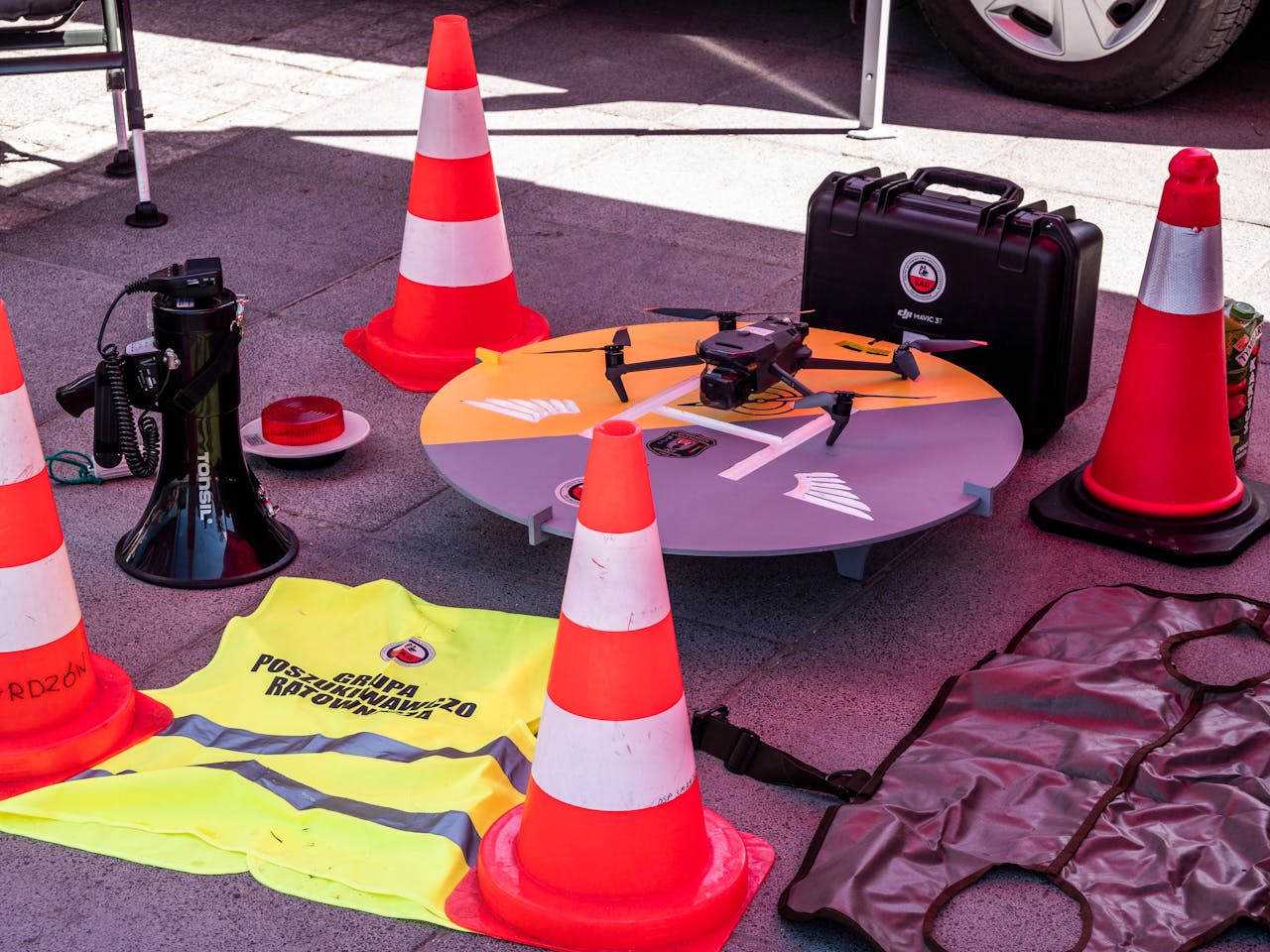In high-risk sectors like oil and chemical industries, overlooking operational protocols can lead to devastating outcomes. Take the 2010 Deepwater Horizon spill, where inadequate safety measures caused environmental chaos and loss of life. This tragedy underscores why structured frameworks for handling hazardous materials are non-negotiable.
Effective strategies focus on proactive risk assessment and employee empowerment. Regular hazard analyses, equipment checks, and clear emergency procedures form the backbone of these systems. Organisations that prioritise process safety management often see fewer incidents involving fires or toxic releases.
Training plays a pivotal role. When workers understand both daily operations and worst-case scenarios, they become frontline defenders against potential disasters. Combined with strict compliance to international safety standards, this approach creates environments where risks are controlled rather than merely reacted to.
Key Takeaways
- Catastrophic events like oil spills highlight the necessity of preventive measures
- Hazard identification and equipment maintenance reduce explosion risks
- Workers trained in emergency response become crucial safety assets
- Documentation standards help maintain consistent safety practices
- Continuous improvement cycles adapt systems to emerging threats

Understanding Process Safety Management
When dealing with hazardous chemicals or complex operations, structured frameworks ensure everyone goes home safely. Process safety management (PSM) acts as a shield against catastrophic events, blending technical know-how with rigorous protocols. It’s not just about avoiding fines – it’s about protecting lives and ecosystems from irreversible harm.
What Makes PSM Non-Negotiable?
At its core, PSM focuses on anticipating risks before they escalate. This means analysing potential hazards in equipment design, chemical interactions, and workflow patterns. For example, thorough documentation of operating procedures ensures workers handle volatile materials correctly every time.
Building Blocks of a Reliable System
Effective systems rely on four pillars:
- Process hazard assessments to map worst-case scenarios
- Clear safety standards aligning with guidelines like API RP 750
- Regular skills updates for employees handling critical tasks
- Transparent change management to avoid unintended consequences
| Component | Purpose | Relevant Standard |
|---|---|---|
| Process Safety Info | Centralises chemical data & equipment specs | CSChE PSM Guide |
| Management of Change | Controls workflow modifications | OSHA 1910.119 |
| Employee Training | Ensures competency in emergency response | API RP 754 |
By integrating these elements, organisations create cultures where safety becomes second nature. Workers actively participate in audits, while structured frameworks provide clear escalation paths for emerging risks. The result? Fewer incidents, smoother operations, and communities that trust industrial neighbours.
How Does Process Safety Management Prevent Industrial Accidents?
Robust systems turn potential disasters into manageable risks. By combining detailed protocols with engaged teams, organisations create environments where hazardous materials are handled confidently. Let’s explore the tools that keep operations safe without slowing productivity.
Layers of Protection in Action
Prevention starts with mapping every possible risk scenario. Teams conduct interactive hazard reviews before projects begin, identifying flammable zones or unstable substances. Hot work permits, for instance, require sign-offs from multiple experts before welding near volatile chemicals.
| Protocol | Function | Example |
|---|---|---|
| Process Hazard Analysis | Identifies equipment failure points | Chemical reactor pressure limits |
| Emergency Shutdown Drills | Tests response times | Monthly leak containment simulations |
| Safety Audits | Verifies compliance | Quarterly valve integrity checks |
Empowering Teams Through Knowledge
Regular workshops transform employees into safety advocates. New hires learn evacuation routes, while veterans practice using gas detectors in mock scenarios. Gamified quizzes and structured approach refreshers keep skills sharp.
Open reporting channels matter too. Workers spotting frayed cables or odd odours can flag issues via mobile apps. This culture of shared responsibility reduces near-misses by up to 68% in plants adopting these practices.

Implementing PSM in Industrial Operations
Building a culture of safety starts with clear roadmaps and team commitment. Organisations prioritising process safety management integrate regulatory frameworks into daily workflows, creating environments where risks stay controlled.
Guidelines and Regulatory Compliance
Aligning with standards like COMAH and EPA RMP forms the foundation. Regular audits verify adherence to mechanical integrity checks and equipment testing cycles. For instance, TSIC Premium Programmes help facilities adopt advanced leak detection systems.
Documentation bridges theory and practice. Detailed records of valve inspections or chemical storage protocols enable teams to spot gaps quickly. This transparency simplifies compliance during third-party reviews.
Risk Assessment and Incident Prevention
Pre-startup safety reviews identify overlooked hazards. Teams assess piping layouts or ventilation systems before operations resume. These evaluations often prevent fires in high-risk zones.
Corrective action logs turn near-misses into learning opportunities. When workers report unusual pressure readings, supervisors update training modules. This cycle ensures everyone stays prepared for evolving challenges.
By blending structured frameworks with team input, industries reduce workplace incidents significantly. The result? Safer employees, protected communities, and operations that meet tomorrow’s standards today.
Conclusion
Protecting lives and operations requires collective dedication to process safety principles. Through meticulous documentation and routine drills, teams build resilience against unexpected challenges. When organisations prioritise these frameworks, they create workplaces where vigilance becomes routine rather than reactive.
Continuous training programmes remain central to this success. Updated modules help staff master evolving equipment and protocols, turning theoretical knowledge into instinctive responses. Pairing this with transparent reporting channels ensures minor concerns get addressed before escalating.
Adherence to global standards isn’t just about compliance – it’s about fostering trust. Regular audits verify that safety management systems function as intended, while corrective logs turn near-misses into improvement opportunities. This cycle keeps teams prepared for both current and emerging threats.
We urge leaders to review their operational procedures with fresh eyes today. Investing in robust process safety management isn’t optional; it’s how industries protect their people, profits, and planet simultaneously. Let’s build tomorrow’s safeguards today – one checklist at a time.



